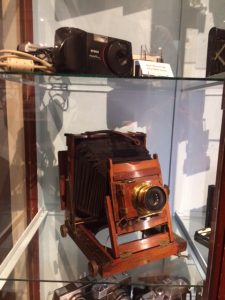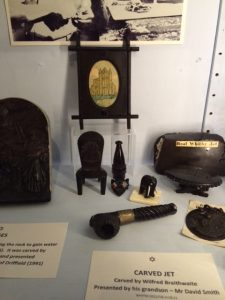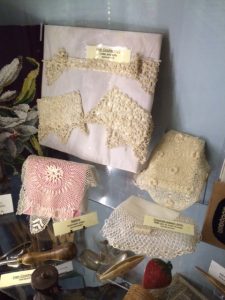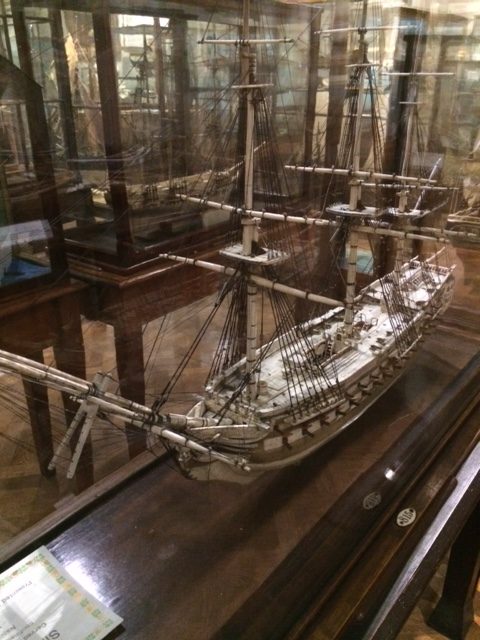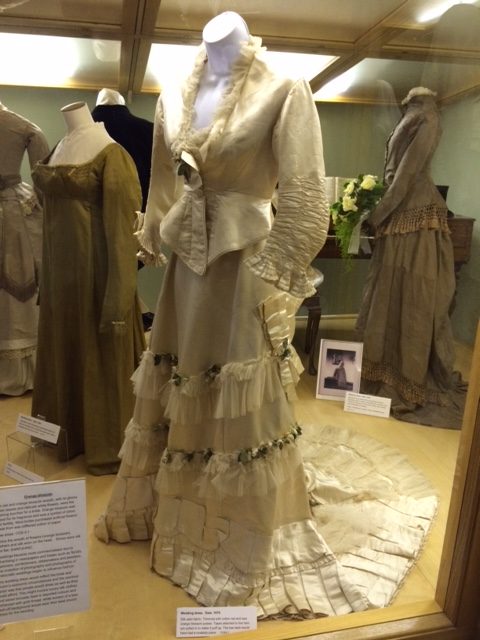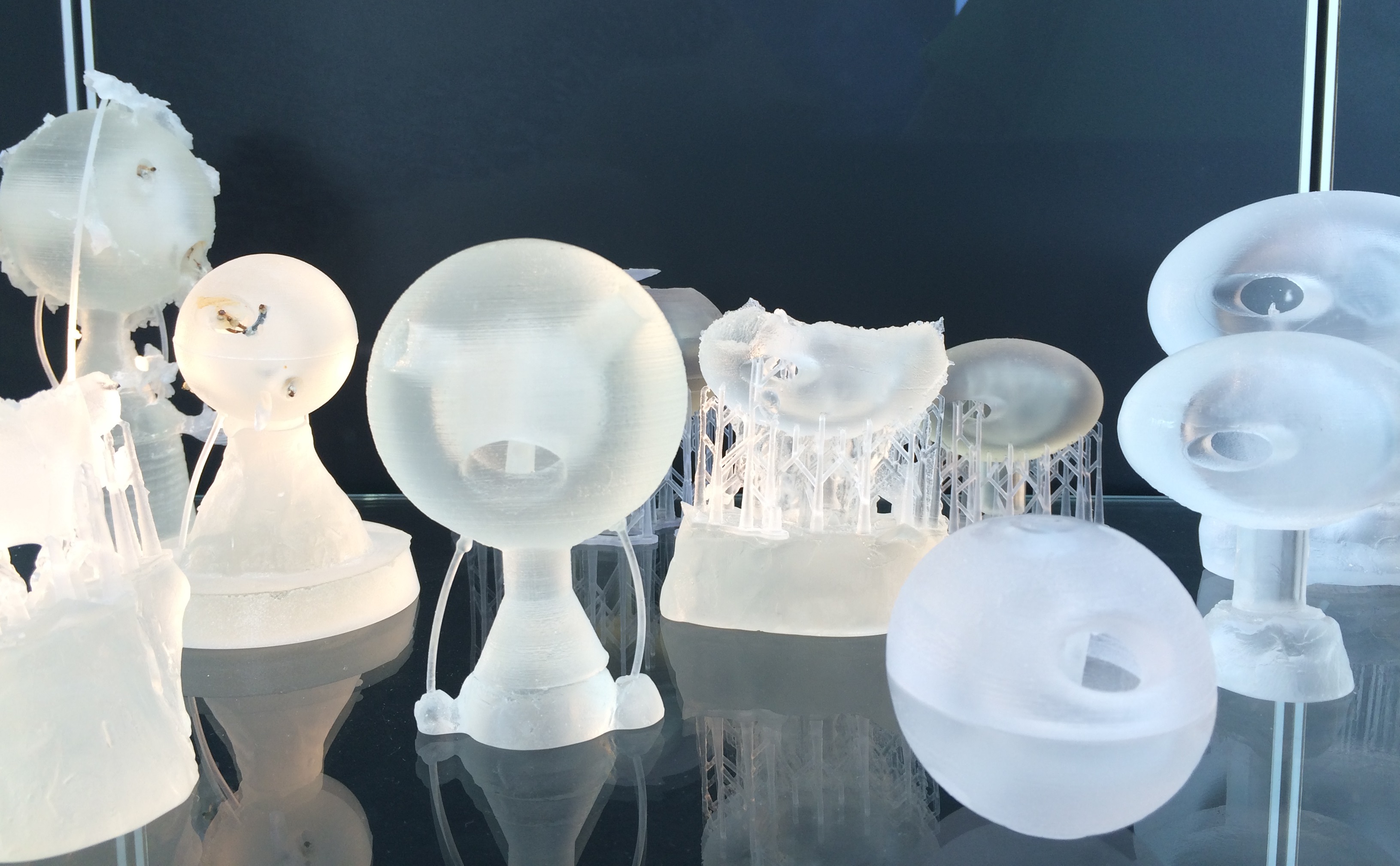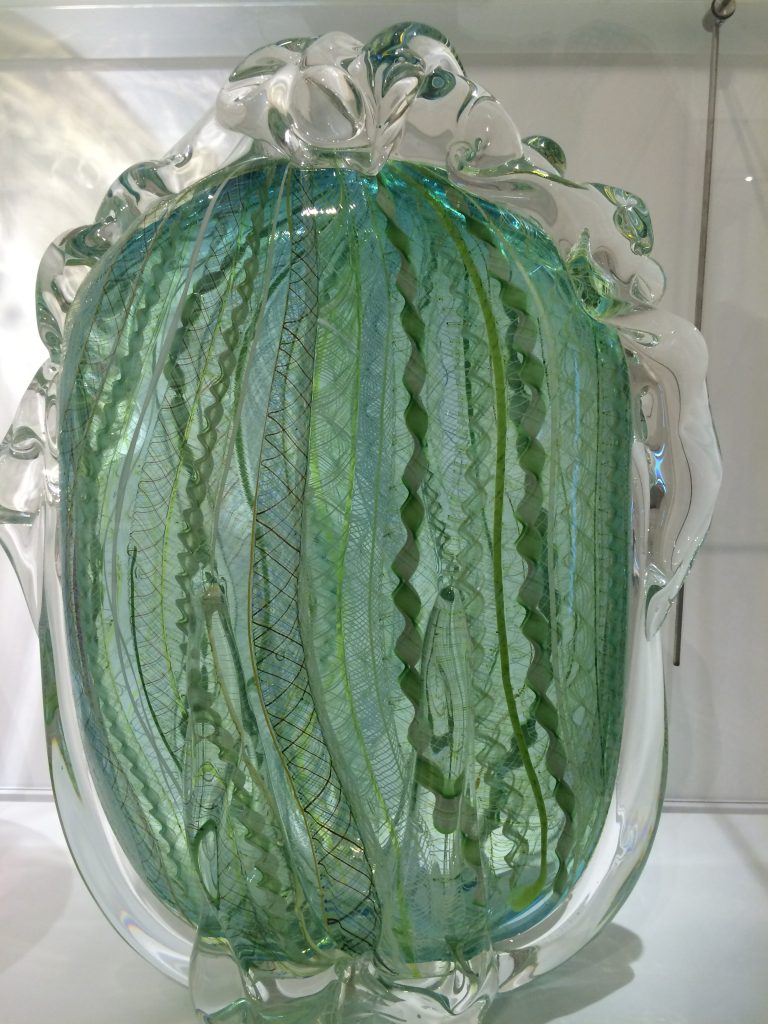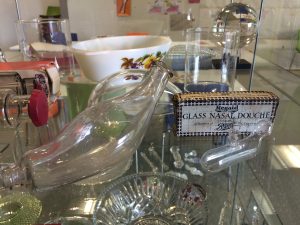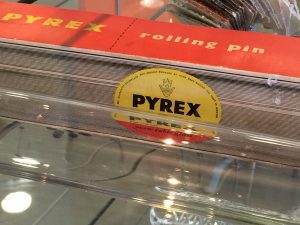You wonder, as you walk in to the curiosity cabinet that is the Whitby Museum, why you have never visited it before! At first glance it appears to be an old fashioned museum stuck in a Victorian time warp. And that’s correct – it has all of the dry display cabinets of the old Geological Museum in London’s South Ken, coupled with the eclectic collection of Forest Hill’s beautiful Horniman Museum. And it’s true, some of the exhibits have been in the Whitby Museum for so long that their typed up description label is fading on yellowing paper, so much so that in some cases I had to photograph the label and enlarge it on my phone to be able to read it! It’s actually quite a charming little foible of the museum.
But did I just mention the electric nature of the Horniman Museum? Well, bless me, it has competition with the Whitby Museum – if you’d like to consider museums which have the most wide ranging and frankly quite bizarre collections I’ve come across. The Hancock Museum of my childhood (circa 1970) had a similar atmosphere, but the amazing thing about Whitby is that the collection is housed mostly in one room. It’s not large by museum standards, but it is absolutely packed to the brim with artefacts and oddities.
A handy returnable laminated guide sheet is handed to you when you hand over your £5 entrance fee, but it doesn’t give you the full gist of what’s in store. Wandering around I found many displays pandering to my wide range of interests, from the huge collection of ammonites (a favourite obsession of mine), to the collection of cameras collected over the last century (tying in with my love of photography), to the handicrafts section (my other job alongside picture research), to the cabinets packed with china and glass (both lifelong passions) and the amazing miniature models (harking back to my early days studying precision modelling). There’s also a standing stone with cup markings, for goodness sake (… thinks back to the many holidays spent dragging my kids round fields looking for wild versions… ).
And if you’re looking for weird juxtapositioning, opposite the stone you’ll find a grandfather clock alongside a ceiling height totem pole!
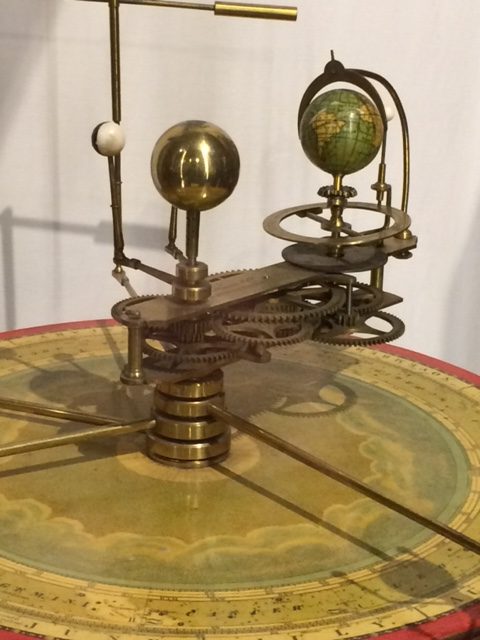 Then there were the work related exhibits – the orrery in the explorers exhibition tying in nicely with my four years of working on the orrery and tellurion model making magazines, the amazing fossils, including the huge ichthyosaurus embedded into the wall of the museum, harking back to the geological and fossil publication I worked on a few years back.
Then there were the work related exhibits – the orrery in the explorers exhibition tying in nicely with my four years of working on the orrery and tellurion model making magazines, the amazing fossils, including the huge ichthyosaurus embedded into the wall of the museum, harking back to the geological and fossil publication I worked on a few years back.

It may have been synergy that guided me to Whitby and the museum during the October half term holiday and leading up to Halloween – and neither disappointed on the gothic front. Whilst a fine selection of goths roamed the streets of Whitby looking for the Bram Stoker experience, the ghoulish highlights amongst the museums collection left a more subtle skin-crawling impression.
Top of the list were the incredibly haunting faces of the dolls in the toy section, the boat of bones – a model of a gun ship made by French PoWs during the Napoleonic wars from the bones left over from their meat rations, and best of all, the creepy Hand of Glory – a desiccated human hand found in a local criminal’s home kept as good luck trophy (and in fairness, the guy was never caught!).
I felt that perhaps I was on a nostalgic journey, enjoying hunching over the wood and glass cabinets the way I used to with the semi precious gems in the Geological Museum in days or yore. I felt that I was enjoying the museum so much because it transported me back to my childhood. I felt that no child in its right mind would enjoy such a dry display in these days of instant entertainment. And as I look around over the top of the cabinets, I was one of 5 adults all around my age, who seemed to be the only visitors to the museum – hmmm, what would a child make of this museum, I thought.
After a brief trip upstairs for a speedy journey through the history of the wedding dress, I arrived back in the main room to find it full of families – one girl dragging her mum to see the stuffed birds in their display case, and a family pouring over the amazing dolls house back in the children’s toys section, and one boy gobsmacked by the tale his dad told him of Victorian headmasters beating naughty children with the cane displayed in the education display case. An older girl gazed at the carved Whitby jet trying her best to photograph it through the reflective case.
Perhaps I was wrong then, perhaps kids today appreciate the object on display more if it’s not surrounded by all singing, all dancing interactive gadgets.
I wondered again, as I left the museum, why I hadn’t visited it before now. I’d had, after all, a mere 50 years of visiting Whitby on a regular basis! If you find yourself in Whitby – on a seaside holiday or as part of a gothic retreat – I would highly recommend the museum. You can find it in Pannett Park, open daily and costs a fiver for adults (concessions £4 for seniors and £3.50 for students). Children under 17 go free.


